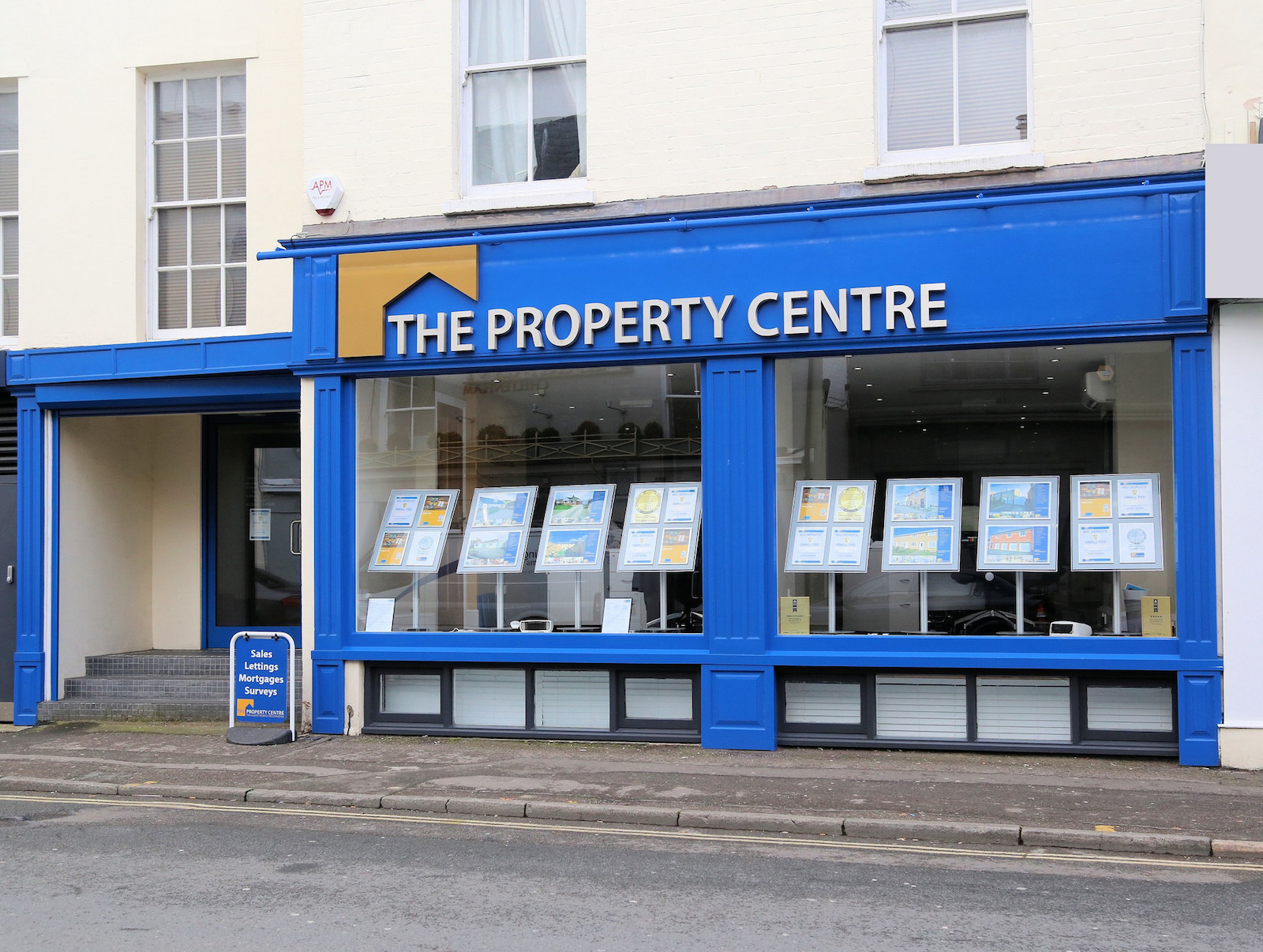If you're looking for a place to live that has it all, Cheltenham is the perfect town for you. From its easily accessible location in the heart of the Cotswolds to its vibrant culture and array of festivals, Cheltenham has something for everyone.
If you're considering estate agents in Cheltenham, here is a guide to some areas that you may want to explore in the search for your dream home.
Property Centre Guide on Moving to Cheltenham, The Culture Capital of the Cotswolds
Up Hatherley
Up Hatherley was incorporated into Cheltenham in 1991 and is located on the southwest edge of town with beautiful views of Leckhampton Hill.
Up Hatherley has experienced significant residential development through the years, something that can be observed by the names given to its various streets.
The original post-war housing developments from the late 1940s are named after areas in the Lake District with characteristic road names like Windermere Road and Buttermere Close.
By the late 1950s, they began to adopt Welsh county names for their streets, examples including Caernarvon Road and Colwyn Drive and in the late 1980s and 90s, a floral theme was selected including streets named Azalea Drive and Bluebell Grove.
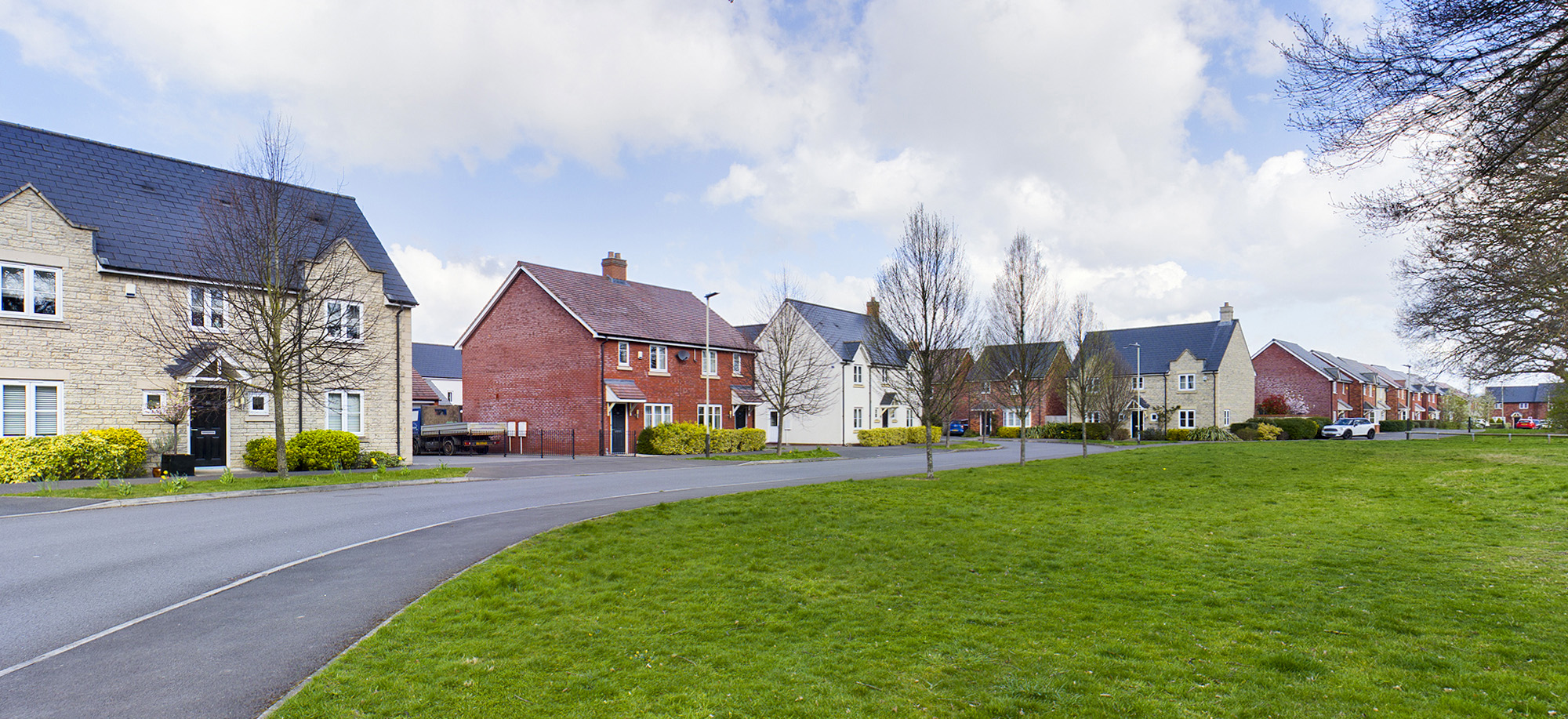
Up Hatherley features recreational facilities in the nearby Hatherley Park, a charming ornamental park with a lake, a wildlife pond and two children's play areas.
Hatherley is most well-known as the residence of Brian Jones, one of the original members of Rolling Stones. Today, many fans make the journey to Cheltenham to see his former home on Hatherley Road.
Warden Hill
The area to the west of Shurdington Road is called Warden Hill.
The area centres around Salisbury Avenue where shops, a primary school and other local amenities can be found.
Rowanfield
Located 1.5 miles west of the town centre, Rowanfield is a residential area of Cheltenham that was largely built in the 1950s. Many of the avenues in the area were named after the counties of England such as Sussex, Cornwall and Devon.
Rowanfield School and King George V playing field to the West separate it from Hesters Way and also the older Rowanfield Road to the East.
Local shops and a cafe can be found at Rowanfield Exchange located near the northern end of Devon Avenue.
Benhall
Benhall lies in the southwest of Cheltenham and much of the area consists of the Benhall Estate, a residential area developed by George Wimpey in the late 1950s and early 1960s. It takes its name from the farm that formerly stood there.
The names of Benhall's roads are inspired by Cotswold villages, some of which include Bibury Road, Chedworth Way and Rissington Close.
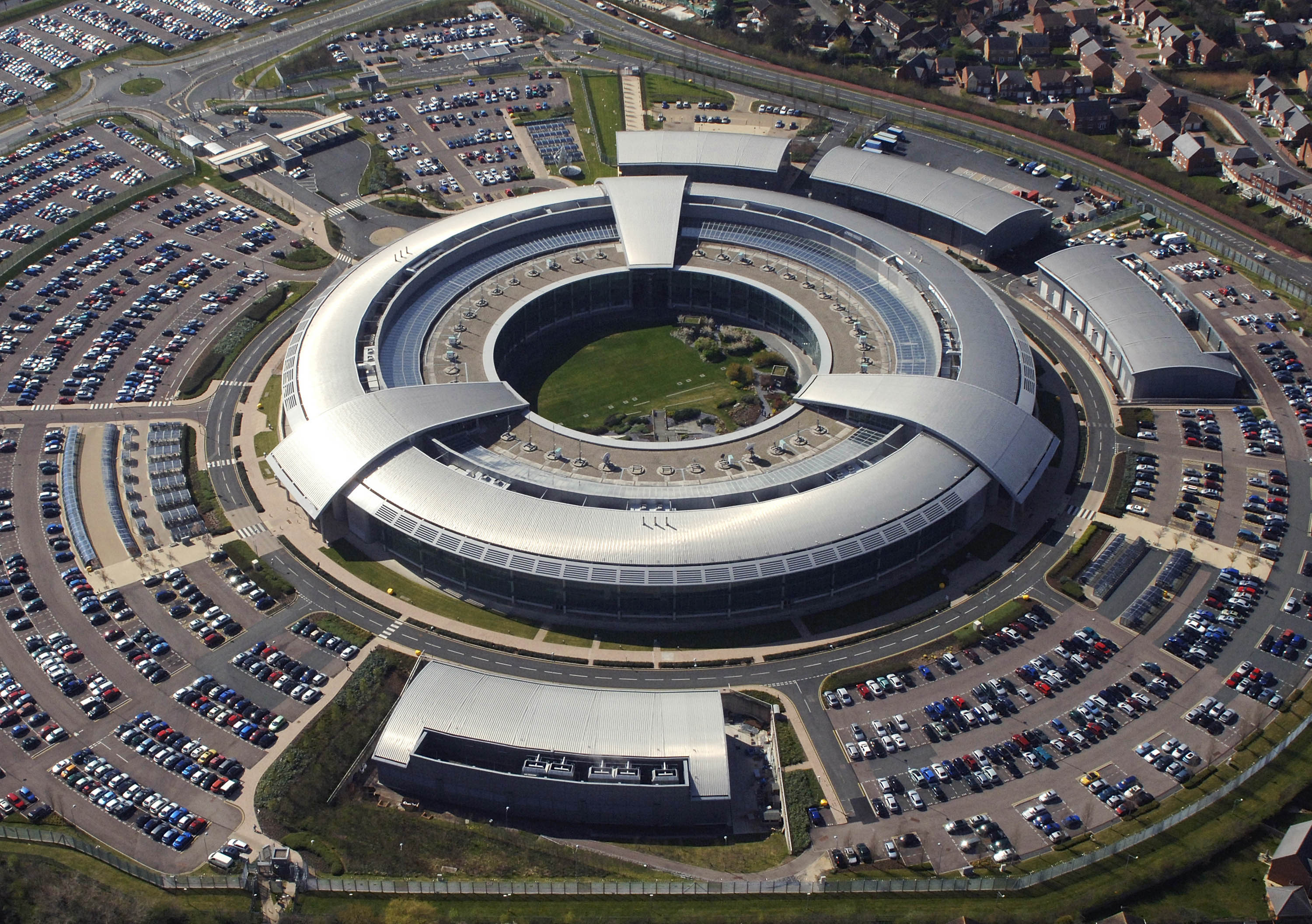
Picture: GCHQ/Crown Copyright (OGL - Open Government License)
The headquarters of GCHQ known locally as The Doughnut is located in Benhall.
GCHQ is an intelligence and security organisation responsible for providing signals intelligence and information assurance to the government and is one of the largest employers in the area.
Swindon Village
Situated just two miles from Cheltenham town centre, Swindon Village is a quiet residential area perfect for anyone looking to escape the hustle and bustle.
Originally a separate village, residential and commercial development have gradually brought Swindon Village into Cheltenham.
Modern housing added in the 1960s consists mostly of bungalows on large plots that create an open and uncrowded feel typical of the village which is surrounded by agricultural land.
The nearby Gallagher Retail Park has excellent shopping options featuring stores like Boots and Next. With over 7 million visitors each year, it is one of the busiest out-of-town retail areas in Cheltenham.
Wyman's Brook
Wyman's Brook, a housing development from the 1960s and 70s situated between Swindon Village and Pittville, was named after a local stream.
This stream runs north before continuing on towards Swindon Village where it forms the boundary between Cheltenham and Prestbury. The streets in Wyman's Brook are named after past winners of the Cheltenham Gold Cup.
In the vicinity of Wyman's Brook, towards St. Paul's, are two of Cheltenham's sporting facilities. The Prince of Wales Sports Stadium not only has a 400m running track but also boasts a javelin run up, long and triple jump, hammer throw, shot put, pole vault and practice pitches.
This extensive sports venue is perfect for both individuals and groups. With a 490-seated spectators’ area, there is something for everyone and is often used for school sports days and charity runs.
Just across the road from The Prince of Wales Stadium is Cheltenham's leisure centre, Leisure at Cheltenham. The centre offers a wide range of facilities including a 33.3-metre swimming pool, teaching pool, diving pool, gym, health spa, sports halls, squash courts, outdoor running track and hair salon.
Prestbury
Prestbury is a village in the Cheltenham Borough that has managed to retain its original character.
Surrounded by Cleeve Hill which offers stunning views over Cheltenham, Prestbury features an array of attractive houses, thatched cottages and picturesque pubs. Soft honey-coloured stone walls, timber framed buildings and Cotswold stone tiled roofs give Prestbury its distinctive look – and the sense of being in the heart of the Cotswolds countryside.
Tucked away in a corner of Prestbury is The Burgage, which hasn't changed much since it was the site of the old marketplace.
The world-famous Cheltenham Racecourse at Prestbury Park hosts National Hunt horse racing. Its most prestigious meeting is the Cheltenham Festival, held every March, which features several races including the highly prized Cheltenham Gold Cup.
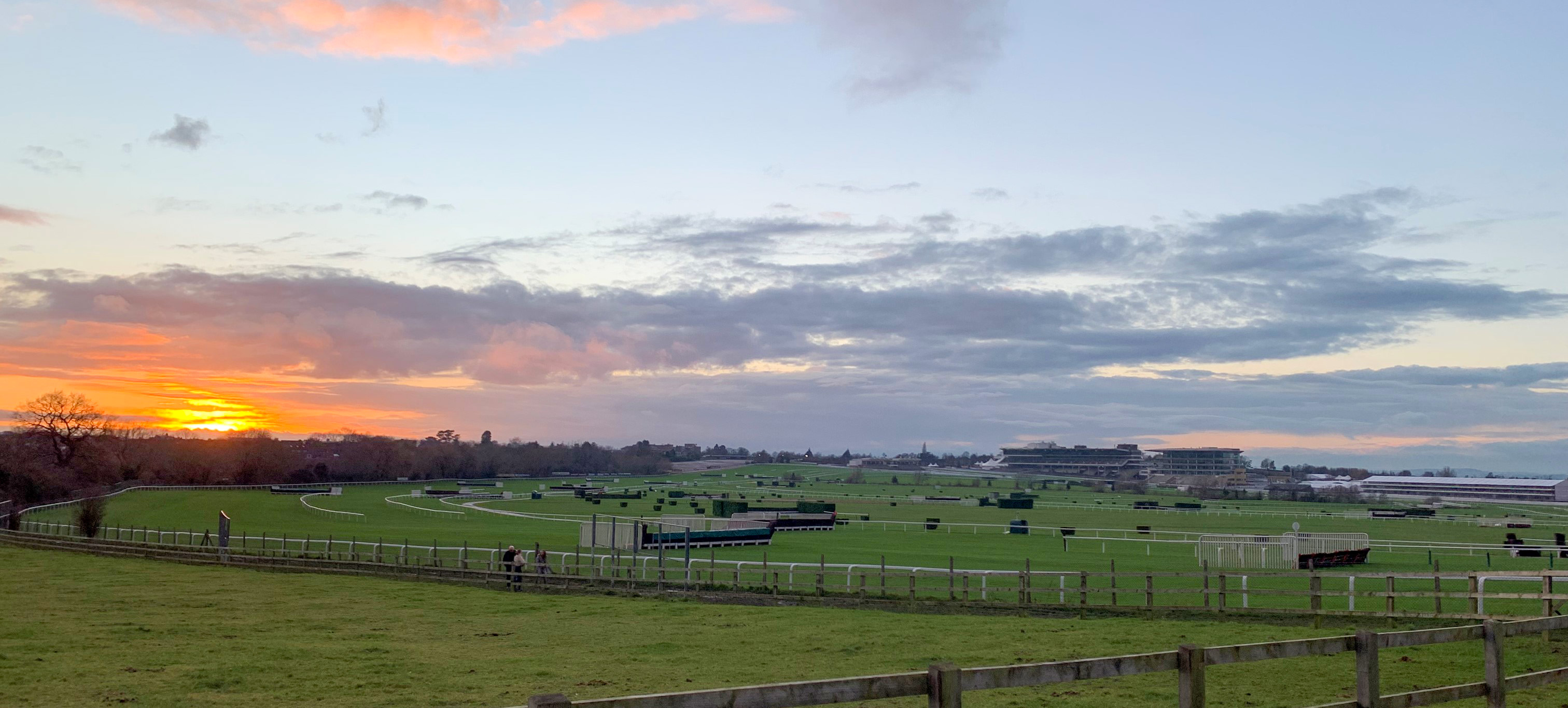
Bishop's Cleeve
Bishop's Cleeve is situated just three miles north of Cheltenham. It lies at the foot of Cleeve Hill, the highest point in the Cotswolds which has stunning views over both Bishop's Cleeve village and Cheltenham town.
Bishop's Cleeve was first named Cliffe after the cliff-like escarpment of Cleeve Hill. It wasn't until the 9th century when it was given to the Bishop of Worcester that its name became established as Bishop's Cleeve.
If you're looking to do some shopping in Bishops Cleeve, Church Road is the place to be. There's a wide variety of independent shops and locally-owned businesses, including cafes, restaurants, hair salons, and more.
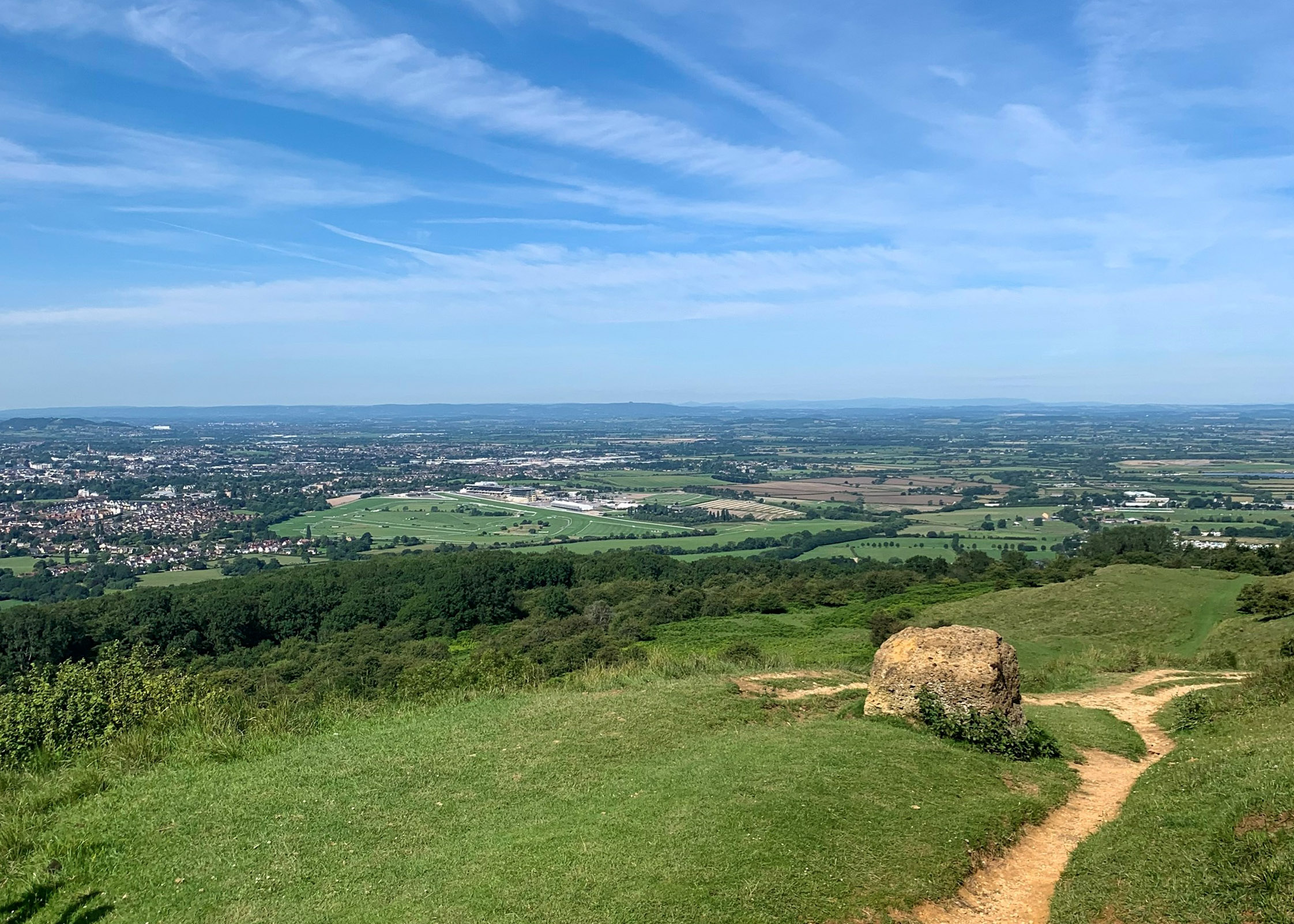
Battledown
Contrary to its name, it's unlikely that any significant conflict ever took place in Battledown. Today, Battledown is a desirable residential area located on the eastern side of Cheltenham.
The spacious Battledown Estate was developed around 1860 and contains some of Cheltenham's most magnificent late Victorian houses.
Harp Hill and Hewlett Road give access to local services and convenience stores. At the same time, the nearby London Road offers numerous cafés, pubs, and antique shops, as well as many local independent traders.
Fairview
Fairview was originally an area of artisan housing, and it has kept much of its character to the present day.
The attractive early 19th-century houses are modest and sit on narrow streets - just some of the features resulting from being constructed well before motor vehicles arrived. Fairview owes its name to the now-demolished Fairview Cottage which stood on the north side of Fairview Road.
Charlton Kings
Charlton Kings is a neighbourhood located southeast of Cheltenham along the main London Road.
Despite becoming part of Cheltenham Borough Council in 1974, Charlton Kings has retained its own unique identity and strong community atmosphere. It is now one of the larger suburbs of Cheltenham.
Although just a short distance from Cheltenham town centre, Charlton Kings still has its own broad variety of shops, pubs, cafes and restaurants. At the heart of the village is a medieval church and a number of attractive houses, pubs and local services are situated in its vicinity.
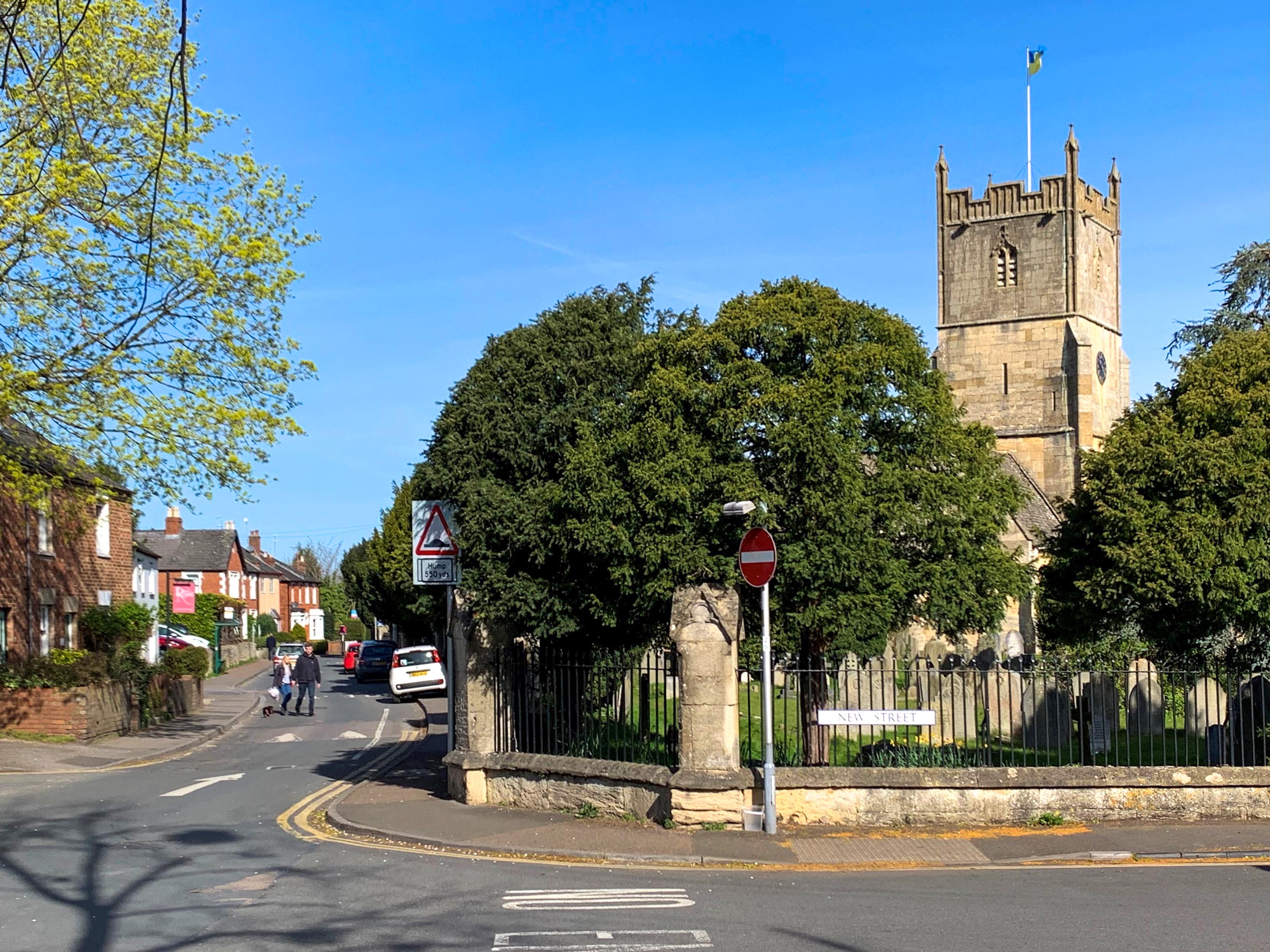
Residents of Charlton Kings can commute to the town centre by bike on a path that passes through Cox’s Meadow and then on to Sandford Park. The latter is especially picturesque, with beautiful bedding displays all year round.
Cheltenham is known for its annual literary festival, but Charlton Kings has its own connection to literature through Lewis Carroll. It's rumoured that the author was inspired to write Through the Looking-Glass, his sequel to Alice's Adventures in Wonderland after seeing a mirror in a house on Cudnall Street.
Leckhampton
Leckhampton is a residential area on the southern edge of Cheltenham with access to the town centre. It became part of Cheltenham in 1991 and is convenient for work or leisure.
The old thatched cottages along Church Road, a reminder of the original Leckhampton village now stand in strong contrast to the large Victorian townhouses that line Leckhampton Road.
Burrow's Field is a 6.3-hectare open space in Leckhampton that is popular with dog walkers, ramblers, and nature lovers. It is also the home ground of Cheltenham’s largest youth and minis football club Leckhampton Rovers, as well as Broadlands pre-school playgroup. The site has good links to public rights of way and the wider countryside.
Nilfanion, CC BY-SA 4.0, via Wikimedia Commons
Pilley Bridge Nature Reserve is home to many birds, butterflies and amphibians. Taking advantage of the disused Kingham railway line running through Leckhampton, Pilley Bridge provides valuable habitats for these creatures. Nature Explorer events are held during school holidays so parents and children can learn more about the reserve and its inhabitants.
Bath Road
Homes in this alluring part of town were established during the early 1800s when Bath Road was mainly populated by Cheltenham's artisan community.
As well as providing quick and convenient access to the town centre, Bath Road is situated in the heart of a thriving community and is perfect for those who love food and drink. With three pubs and a wine bar nearby, there are plenty of options for indoor and outdoor dining as well as and local independent boutiques.
The lower part of Bath Road is home to Cheltenham College, one of the first major public schools of the Victorian period. The impressive Thirlestaine House, now part of the college, was once a magnificent private residence.
Montpellier
Montpellier is a desirable area in Cheltenham known for its stylish shops and restaurants.
During the 1800s, Montpellier in France was known as a town presenting an idyllic image of health and happiness. Henry Thompson paid homage to this by naming his newly established spa after the French city. The area was designed with beautiful villas and terraces surrounding large, decorative gardens - now known as Montpellier Gardens.

Shops on Montpellier Walk, Cheltenham by Ian S, CC BY-SA 2.0, via Wikimedia Commons
In the 1830s and 1840s, a number of specialist shops were built in Montpellier. As a result, it gained the reputation of a highly desirable shopping area - something which it still holds to this day. One of its most appealing features is Montpellier Walk. Along this walkway, you'll find numerous shops that are fronted by 32 sculpted female figures known as caryatids.
Cheltenham Ladies’ College is one of the most well-known all-girls schools in the country. The school was established in the mid-19th century and has consistently been ranked as one of the top schools nationally. In 2020, The Times and The Sunday Times named it Southwest Independent School of the Decade.
Lansdown
The namesake of a fashionable area in Bath, Lansdown is a picturesque suburb comprised of numerous terraces and an immense crescent built in the Georgian classical style.
At the beginning of the 19th century, developers established the estate which today contains many large properties that have been converted into apartments, offices and hotels.
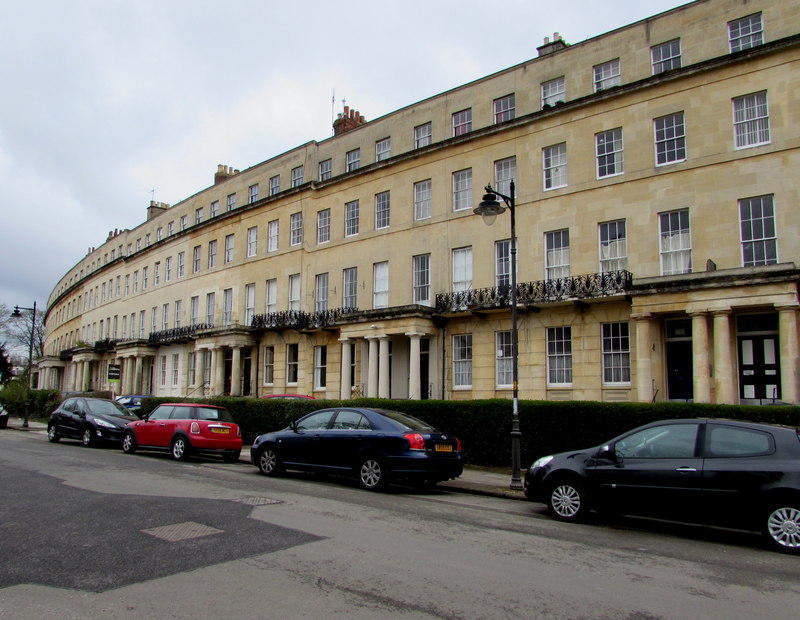
Jaggery / Lansdown Crescent, Cheltenham
Tivoli
This area located south of Suffolk Road was once called a 'fashionable suburb.'
Given its name from Tivoli near Rome which is famous for gardens and waterfalls, this picturesque part of Cheltenham lives up to its namesake.
Andover Road boasts a wide selection of unique shops and cafes with a character similar to that found in the nearby Suffolks.
Shurdington
Located close to reputable Leckhampton and within a short commute of Cheltenham, Shurdington provides a perfect example of semi-rural living close to the open countryside and hills.
South of Cheltenham on the A46 with a nearby dual carriageway connection for M4 and M5 commuters, Shurdington boasts a Primary School, post office and other local amenities.
There are two public houses, namely The Bell Inn and The Cheese Rollers. The latter is named after the annual cheese-rolling event which takes place at the nearby Cooper's Hill.
Our team of estate agents in Cheltenham have a love and in-depth knowledge of the local area and are happy to share that with you.
Whether you’re looking to buy or rent, let or sell a property in and around Cheltenham, contact our friendly team today or request a free property valuation.
